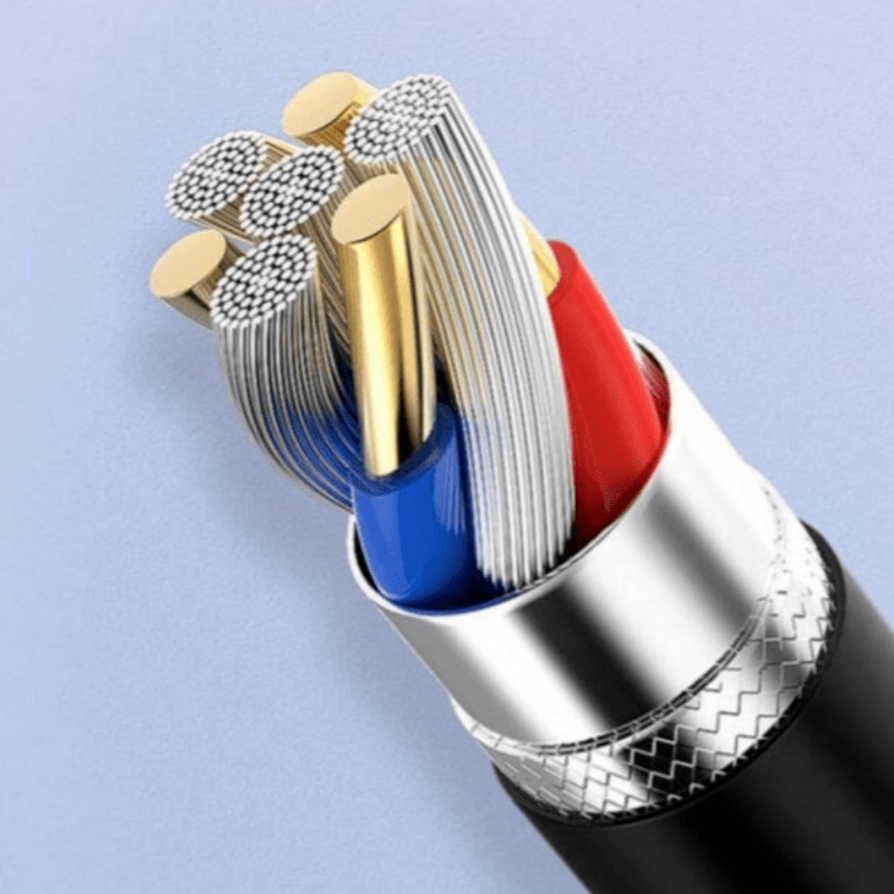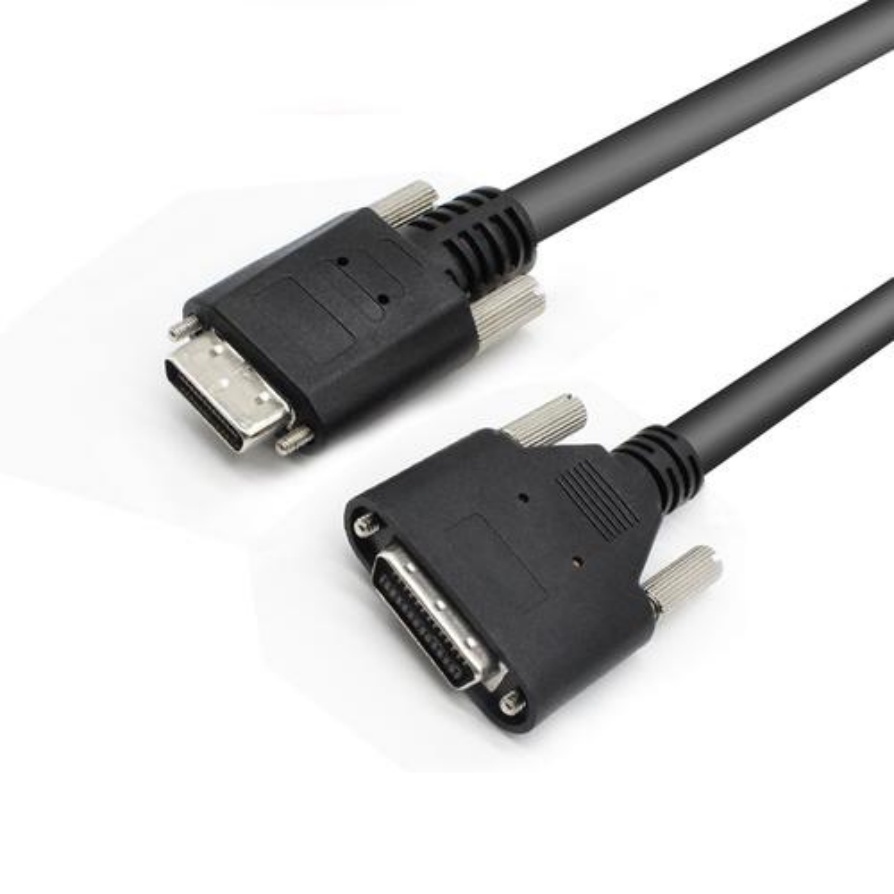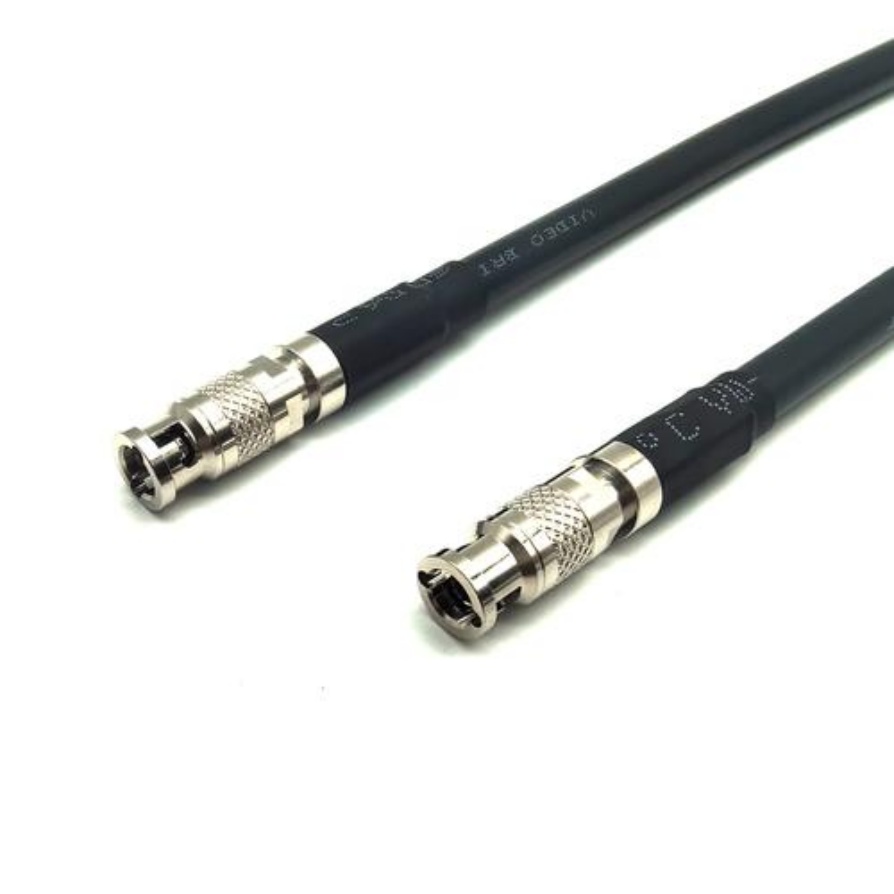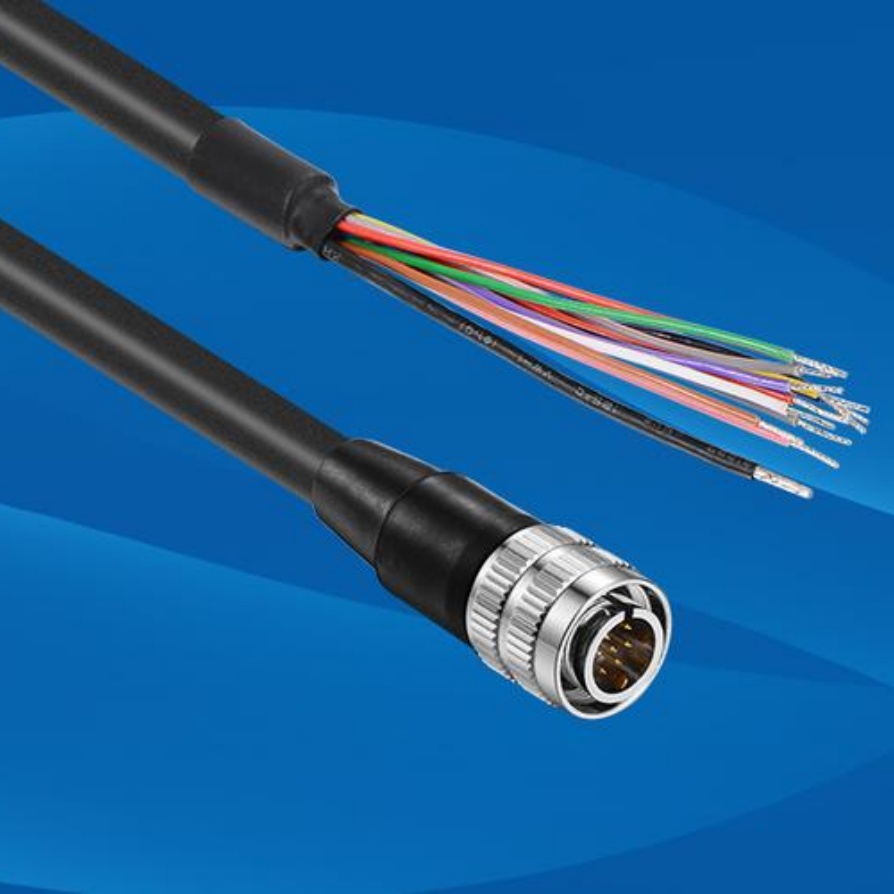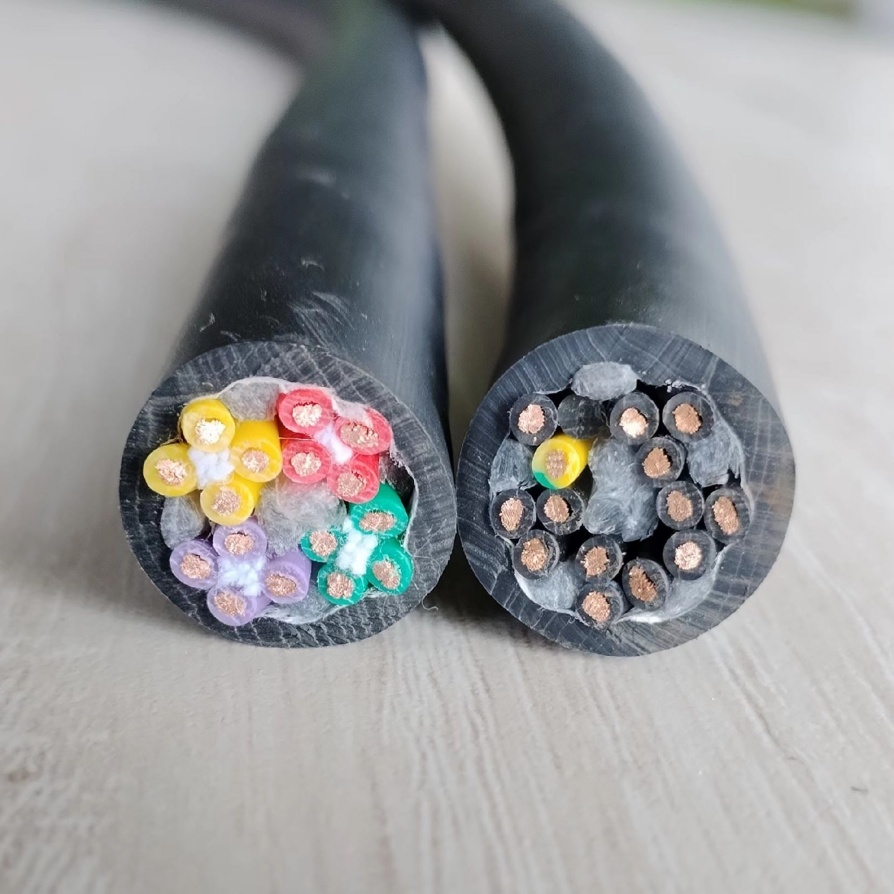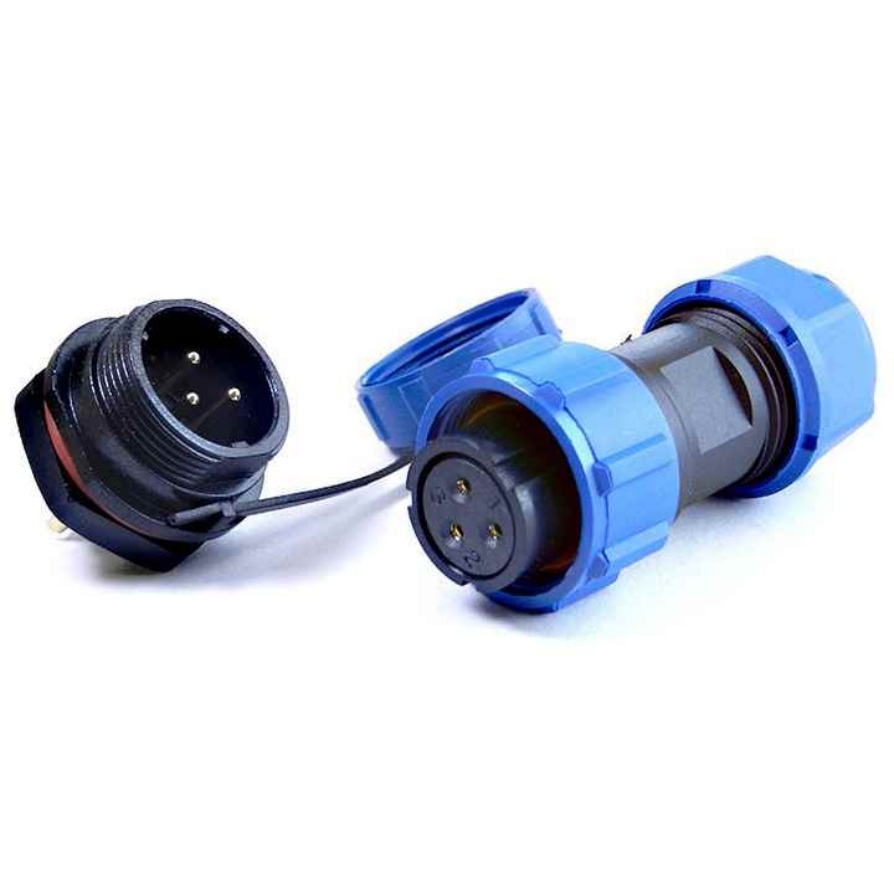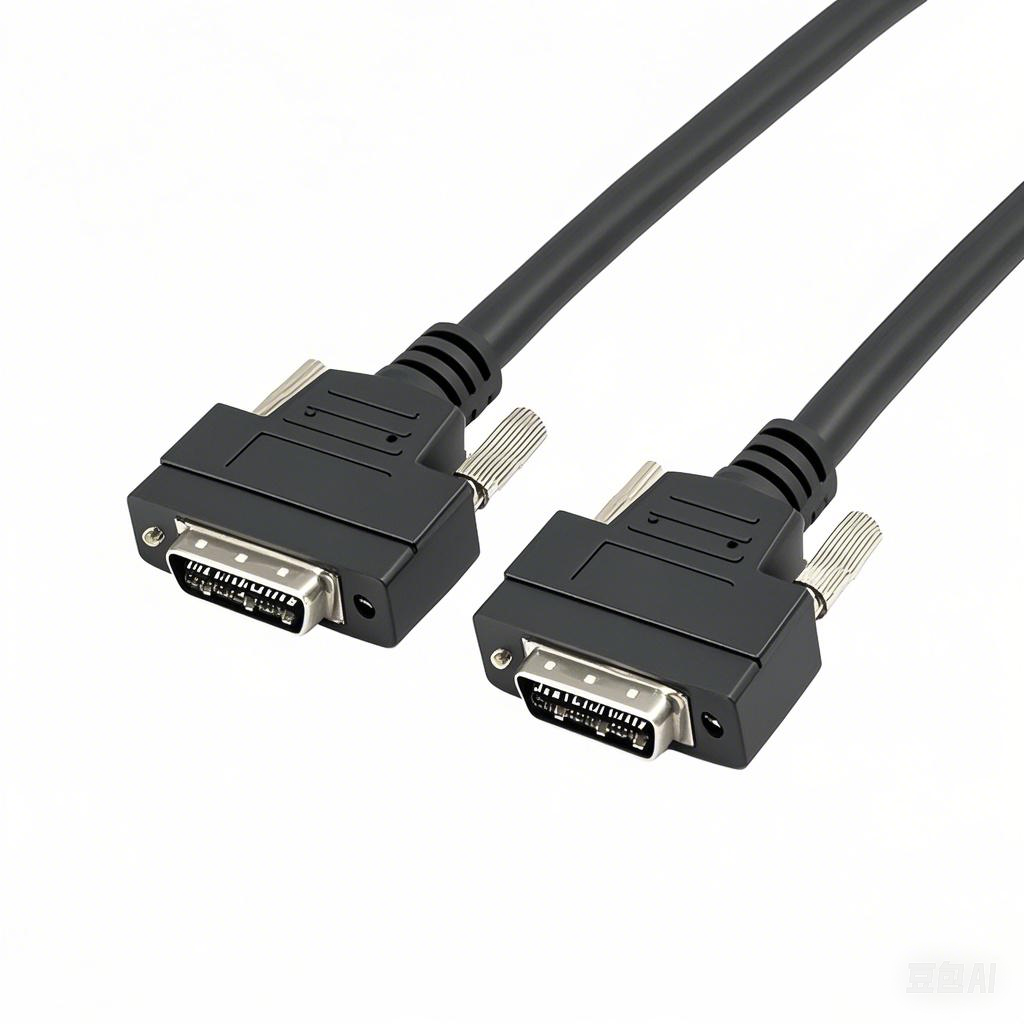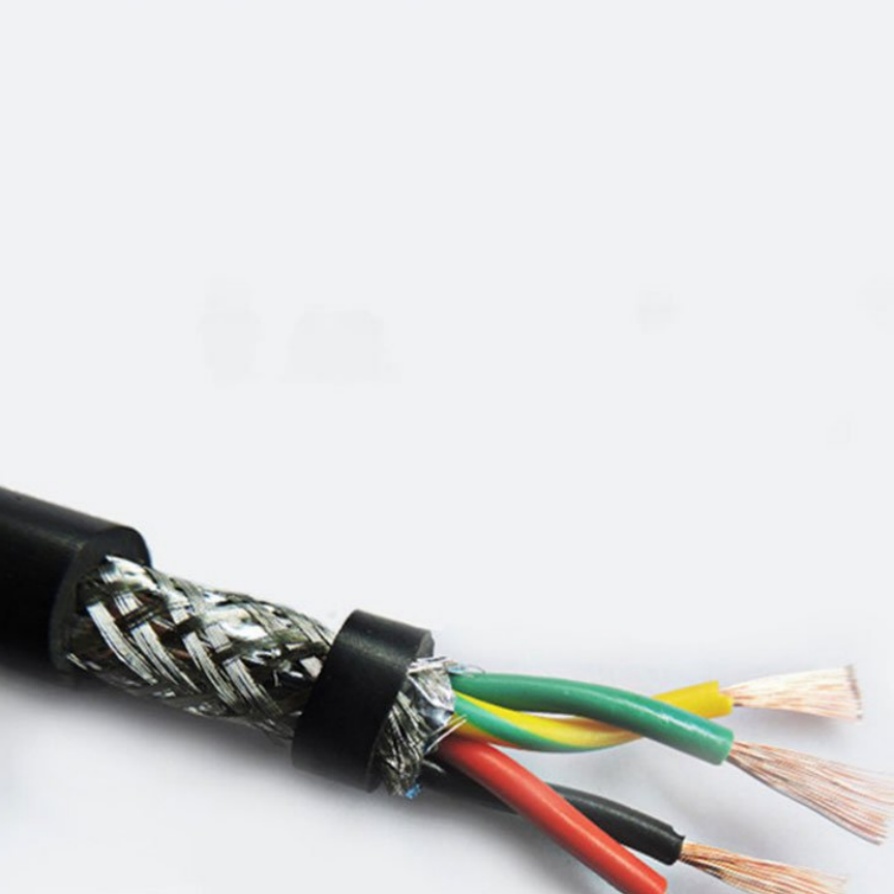What is the maximum pull strength of machine cable?
Machine cables are indispensable in industrial settings, powering and connecting equipment ranging from robotic arms to conveyor systems. Their maximum pull strength—defined as the highest force a cable can withstand before breaking or suffering permanent damage—is not a one-size-fits-all value. Instead, it is shaped by core design, material selection, environmental conditions, and manufacturing standards. For professionals seeking to select, test, or maintain machine cables, understanding these variables is critical to ensuring operational safety, avoiding equipment downtime, and optimizing cable lifespan.
Key Factors Influencing Maximum Pull Strength
The maximum pull strength of a machine cable is determined by four interrelated factors, each directly impacting its ability to bear load:
1. Core Material
The metal core (the conductive or load-bearing part of the cable) is the primary determinant of tensile strength:
- Copper: The most common core material for general-purpose machine cables. Pure copper has a tensile strength of 200–300 MPa (megapascals), balancing conductivity and moderate load-bearing. For higher strength, copper alloys (e.g., copper-nickel) can reach 350–450 MPa, ideal for applications like small machinery lifts.
- Steel: Used for heavy-duty cables (e.g., those in construction cranes or industrial hoists). High-carbon steel cores offer tensile strengths of 400–800 MPa, while stainless steel adds corrosion resistance (critical for outdoor or humid environments) with a slightly lower strength range (350–600 MPa).
- Aluminum: Rarely used for high-pull applications, as its tensile strength (110–150 MPa) is significantly lower than copper or steel. It is only suitable for low-load, lightweight machinery where weight reduction is a priority.
2. Core Structure
How the core is structured affects both strength and flexibility:
- Single-strand cores: Consist of one thick metal wire. They have high initial tensile strength but poor fatigue resistance—repeated bending or vibration can cause them to crack, reducing effective pull strength over time. They are best for static applications (e.g., fixed power cables in stationary machinery).
- Multi-strand cores: Made of dozens of thin wires twisted together. While their ultimate tensile strength is 10–15% lower than single-strand cores of the same material, their stranded design distributes stress evenly, boosting fatigue resistance. This makes them ideal for dynamic applications (e.g., robotic arms that move continuously) where flexibility and durability matter more than raw strength.
3. Insulation and Sheathing
The outer layers (insulation for electrical cables, sheathing for mechanical protection) do not directly contribute to conductive core strength but protect it from damage that weakens pull capacity:
- Material choice: PVC insulation works well in mild environments (-15°C to 70°C) but softens at high temperatures, reducing its ability to shield the core. XLPE (cross-linked polyethylene) insulation, by contrast, withstands -40°C to 125°C and resists chemical corrosion, preserving core strength in harsh conditions.
- Thickness balance: Too-thin insulation leaves the core vulnerable to abrasion (which frays strands and lowers strength), while overly thick insulation adds unnecessary weight that can strain the cable under load.
4. Operating Environment
Real-world conditions degrade pull strength over time:
- Temperature extremes: High heat (above 100°C for PVC) softens insulation and weakens metal core bonds; extreme cold (below -40°C for steel) makes cores brittle and prone to snapping.
- Moisture and corrosion: Water or chemicals (e.g., oils in manufacturing plants) oxidize metal cores, thinning strands and reducing tensile strength by 20–30% over 1–2 years if unprotected.
- Mechanical stress: Repeated bending, twisting, or impact (e.g., cables in conveyor belts) causes micro-cracks in the core, lowering residual pull strength by 5–10% per 1,000 cycles.
Testing Standards and Methods to Measure Pull Strength
To ensure accuracy and consistency, maximum pull strength is tested per international standards. These tests help manufacturers validate performance and help users verify that cables meet their application needs:
1. Key International Standards
- ASTM D4728: Specifies tensile testing for electrical machine cables, outlining how to clamp cables, apply load, and measure break force.
- IEC 60228: Defines conductor strand specifications, including how stranding density affects tensile uniformity.
- ISO 8894: Focuses on testing cable sheathing and insulation to ensure they do not fail before the core, which would artificially lower measured pull strength.
2. Common Testing Methods
- Static tensile test: The most basic method. A cable sample is clamped at both ends, and a gradual, steady load is applied until it breaks. The maximum force recorded is the cable’s ultimate tensile strength (UTS)—the true “maximum pull strength” for static applications.
- Dynamic fatigue test: Critical for dynamic applications. The cable is subjected to repeated tensile cycles (e.g., 10,000+ cycles) at 50–70% of its UTS. The test measures how much strength remains after cycling; a good machine cable should retain 80%+ of its original UTS.
- Environmental conditioning test: Cables are pre-exposed to real-world conditions (e.g., 100°C heat for 72 hours, salt spray for 14 days) before tensile testing. This reveals how pull strength degrades over time, helping users plan replacement schedules.
Practical Tips for Selecting and Maintaining Machine Cables
To leverage maximum pull strength effectively, follow these actionable guidelines:
- Calculate the safety factor: Never operate a cable at its UTS. Multiply the actual working load by 1.5 (for low-risk static applications) to 3.0 (for high-risk dynamic applications, e.g., crane cables) to avoid failure.
- Match cable to application: For static loads (e.g., fixed machinery power cables), choose single-strand copper cores. For dynamic loads (e.g., robotic arms), opt for multi-strand steel or copper-alloy cores with XLPE insulation.
- Check manufacturer data: Reputable manufacturers provide UTS values (tested per ASTM/IEC) for each cable model. Avoid generic cables with no strength specifications.
- Inspect regularly: Look for frayed strands, cracked insulation, or discolored cores (signs of corrosion). Replace cables if their residual strength drops below 70% of the original UTS.
When you need machine cables with reliable, tested maximum pull strength, FRS factory delivers. FRS adheres strictly to ASTM, IEC, and ISO standards, using high-purity copper, corrosion-resistant steel, and premium XLPE insulation to ensure every cable meets or exceeds industrial strength requirements. Whether you need cables for static machinery, dynamic robotics, or harsh high-temperature environments, FRS offers customized solutions tailored to your load and environmental needs. With in-house static tensile and dynamic fatigue testing, FRS guarantees consistent performance—keeping your equipment safe, reducing downtime, and maximizing your operational efficiency.


